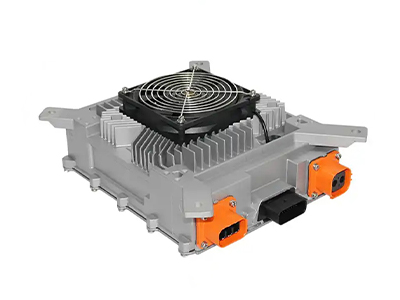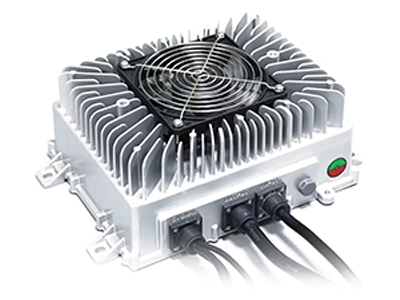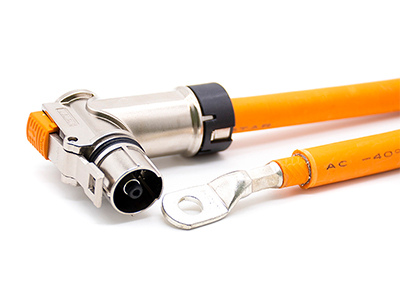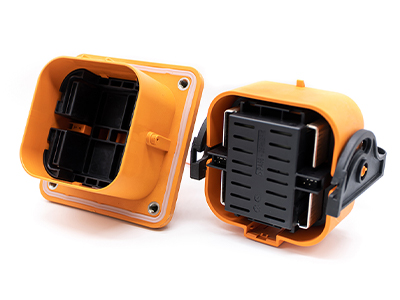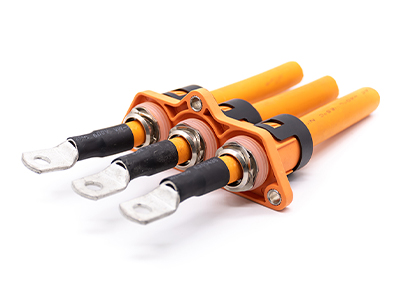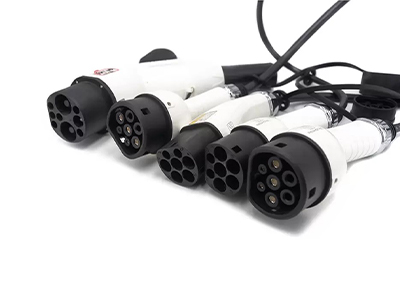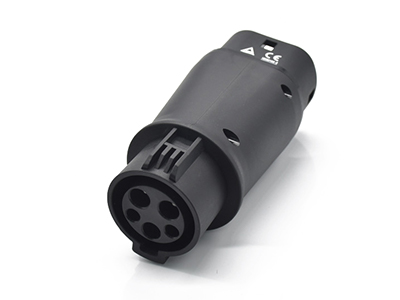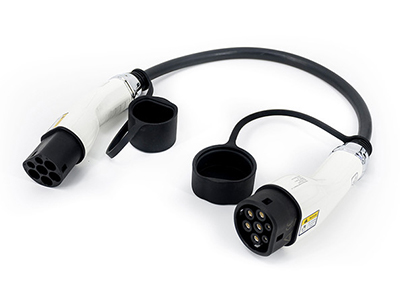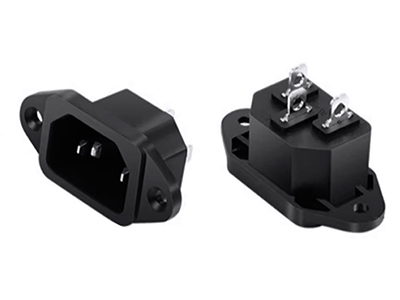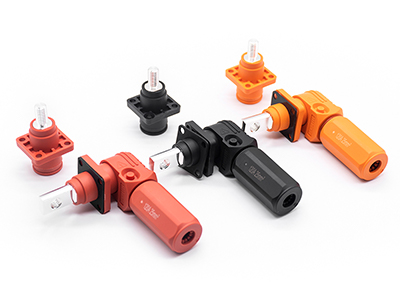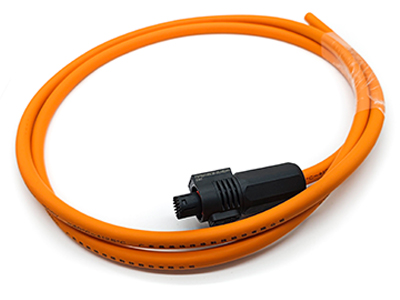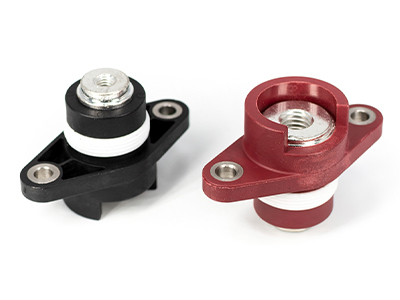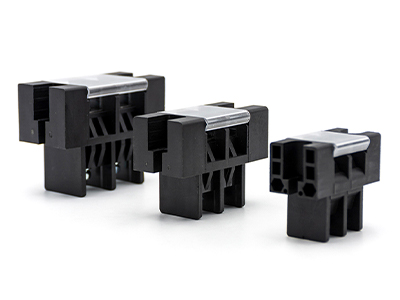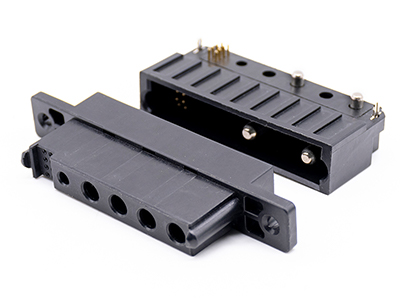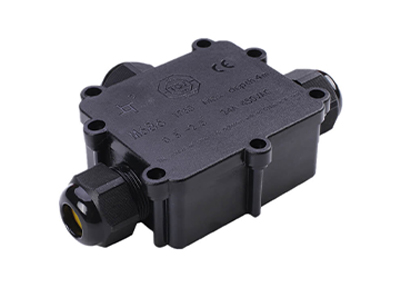News
AC vs. DC Charging: Which is Better for Electric Vehicles?
As the adoption of electric vehicles (EVs) continues to rise, the question of how to charge them most effectively is becoming more pressing. One of the main debates in this area revolves around AC (alternating current) and DC (direct current) charging. In this article, we will explore the differences between AC and DC charging, their advantages and disadvantages, and which one is better for EV charging.
Understanding AC and DC Charging
Before diving into the advantages and disadvantages of AC and DC charging, it’s essential to have a basic understanding of the two types of current.
Alternating Current (AC) Charging
Alternating current, as the name suggests, is a type of electric current that alternates its direction periodically. In the context of EV charging, AC charging refers to the use of an external charger that converts the AC power from the grid into DC power to charge the vehicle’s battery.
Direct Current (DC) Charging
Direct current, on the other hand, is a type of electric current that flows in one constant direction. DC charging involves supplying direct current to the EV battery, bypassing the on-board charger. This method requires specialized charging stations that can provide high-power DC charging.
With a basic understanding of AC and DC charging, let’s dive into their respective advantages and disadvantages.
Advantages and Disadvantages of AC Charging
Advantages
- Widespread Availability: AC chargers are more readily available, as they can be found at public charging stations, workplaces, and even in homes. Most EV owners can install an AC charging station at home with relative ease.
- Lower Installation Cost: AC charging stations are generally less expensive to install compared to DC charging stations, as they require less complex hardware.
- Compatibility: All electric vehicles are equipped with an on-board charger that accepts AC power, making AC charging compatible with every EV on the market.
Disadvantages
- Slower Charging Times: Charging an EV using AC power is generally slower than DC charging, as the on-board charger must first convert the AC power to DC before charging the battery. This process can take several hours to fully charge an EV, depending on the battery capacity and charger power rating.
- Less Efficient at High Power Levels: AC charging becomes less efficient as the charging power increases, leading to energy losses during the conversion process.
Advantages and Disadvantages of DC Charging
Advantages
- Faster Charging Times: DC charging can provide much faster charging times compared to AC charging, as it directly supplies the battery with DC power. This can be particularly advantageous for long road trips, as it allows EV drivers to reduce the time spent waiting for their vehicles to charge.
- Higher Efficiency at High Power Levels: As DC charging bypasses the on-board charger, there are fewer energy losses during the charging process, making it more efficient at high power levels.
Disadvantages
- Limited Availability: DC charging stations are less common than AC charging stations, as they are more expensive to install and maintain. This can make it more difficult for EV drivers to find a convenient DC charging station, especially in rural areas.
- Higher Installation Cost: The cost of installing a DC charging station is generally higher than that of an AC charging station due to the more complex hardware required.
- Compatibility Issues: Some electric vehicles cannot accept high-power DC charging, which may limit their ability to take advantage of DC charging stations.
So, Which is Better for EV Charging: AC or DC?
The choice between AC and DC charging ultimately depends on the specific needs and preferences of the EV owner. AC charging is more widely available, less expensive to install, and compatible with all electric vehicles, making it a convenient option for daily charging at home or work. However, its slower charging times and reduced efficiency at high power levels may be a drawback for some users.
DC charging, on the other hand, provides faster charging times and higher efficiency at high power levels, making it ideal for long road trips or situations where time is of the essence. However, its limited availability, higher installation costs, and potential compatibility issues may be limiting factors.
In conclusion, AC charging is generally better for everyday use, while DC charging is more suited for situations where faster charging times are necessary. As the electric vehicle market continues to grow and charging infrastructure improves, it’s likely that both AC and DC charging will play essential roles in meeting the diverse needs of EV drivers.

